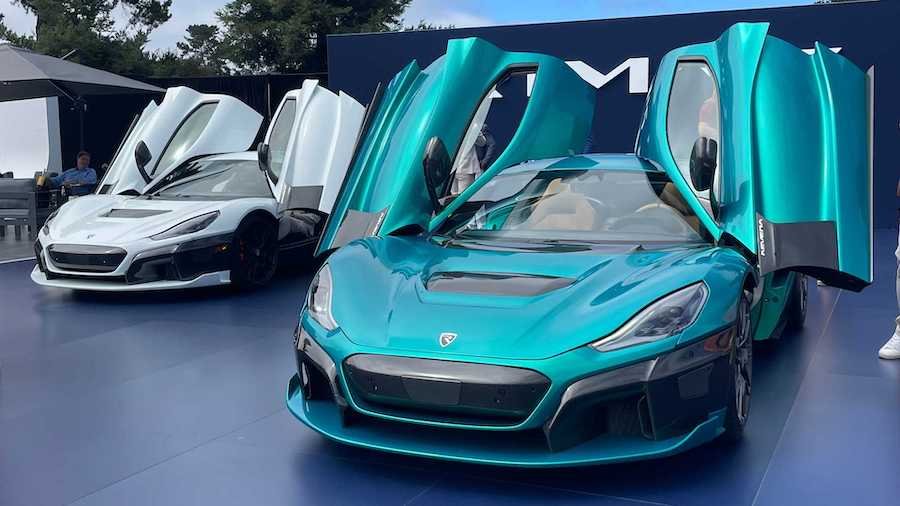This Easter Egg On The Rimac Nevera Ties Aerodynamics And Fashion Together

The Rimac Nevera is quite possibly the most significant vehicle to emerge from the Adriatic country of Croatia. The 1,914-horsepower (1,408-kilowatt) EV boasts four individual motors and a healthy 120-kilowatt-hour battery – mind-bending numbers for any car, much less one that comes from a country better known for its natural beauty and blend of Baltic and Mediterranean cultures.
Keen to cement Croatia in the minds of automotive enthusiasts worldwide, Rimac (say that ree-mats, not ree-mac) gave the Nevera a few cultural nods to its homeland. The name, for example, is the Croatian word for a sudden, turbulent thunderstorm, the kind that occasionally slams the country’s Adriatic coast. There’s also a number plate in the cabin proudly stating that the car was designed, engineered, and built in Croatia – Zagreb, to be precise. Yet another patriotic Easter egg on the all-electric supercar is hiding in plain sight. Squint a bit and you’ll see the shape of a necktie in the sculpted aero appearing on each door.
“Wait, what does a necktie have to do with Croatia?” I’m glad you asked, because I only recently learned myself. As Rimac Chief Program Engineer Matija Renić explained to me during the Nevera's US debut at Monterey Car Week, the tie is a proud national symbol of Croatia.
You see, the country's early military wore distinctive, wide bands of silk, lace, and muslin cloth over their collars, tying the loose ends in the middle with medallions and knots. When the Croatians arrived in France in 1680, locals named the unusual neckwear after the soldiers who wore them, and thus, the cravat was born – a French derivation of the word Croat. Over time, the shape of the cravat was tweaked into a variety of styles. So the next time you wear a four-in-hand knot around your neck, remember to thank (or blame) a 17th-century Croatian soldier.
Wherever you stand on the half-versus-full Windsor debate, remember that bit of history if you’re ever lucky enough to see a Rimac Nevera in the wild. Limited to 150 units and costing more than $2 million at current exchange rates, the Nevera will be a rare sight. But at least it’ll be dressed formally for any and all public appearances.
